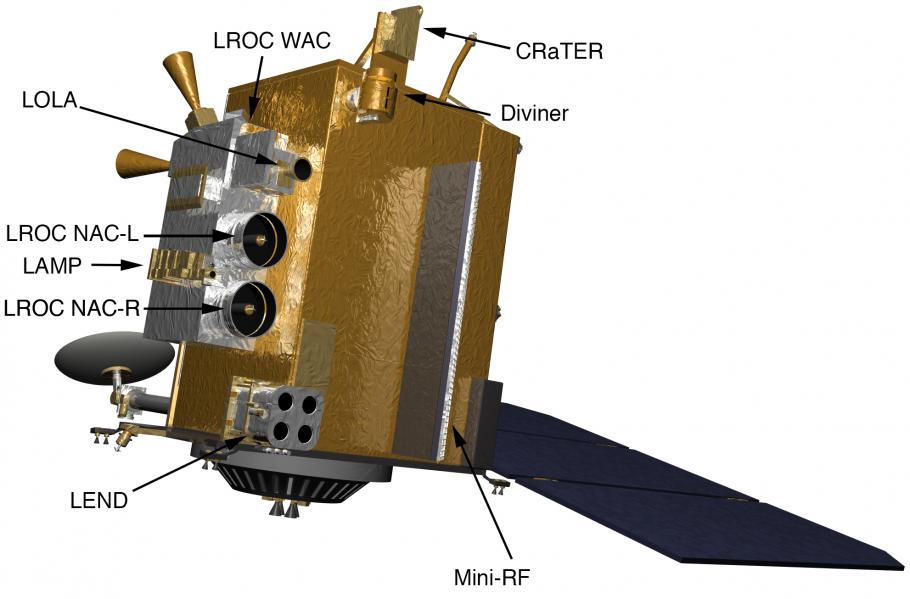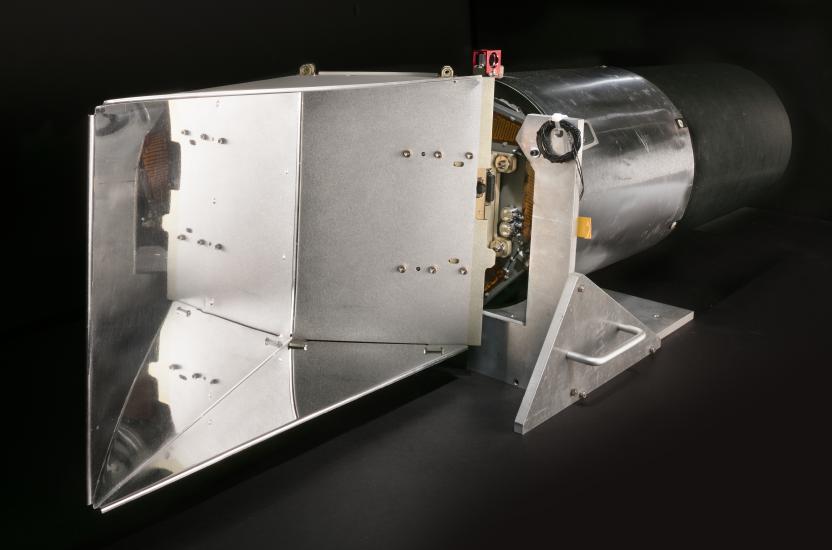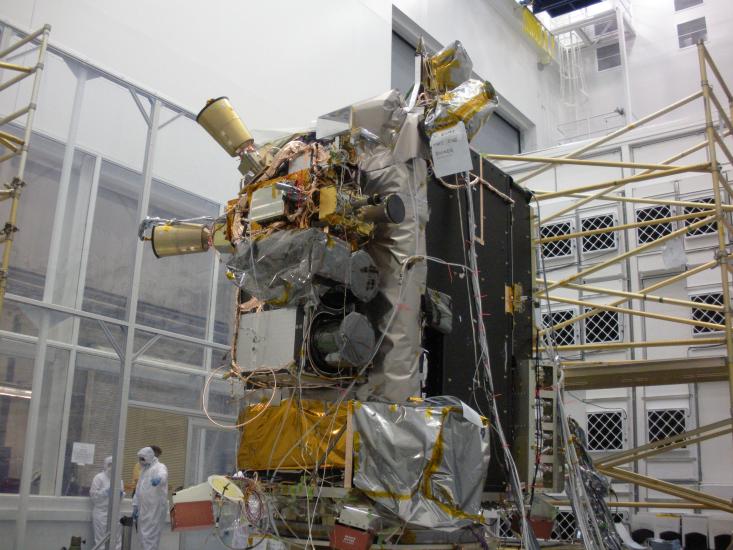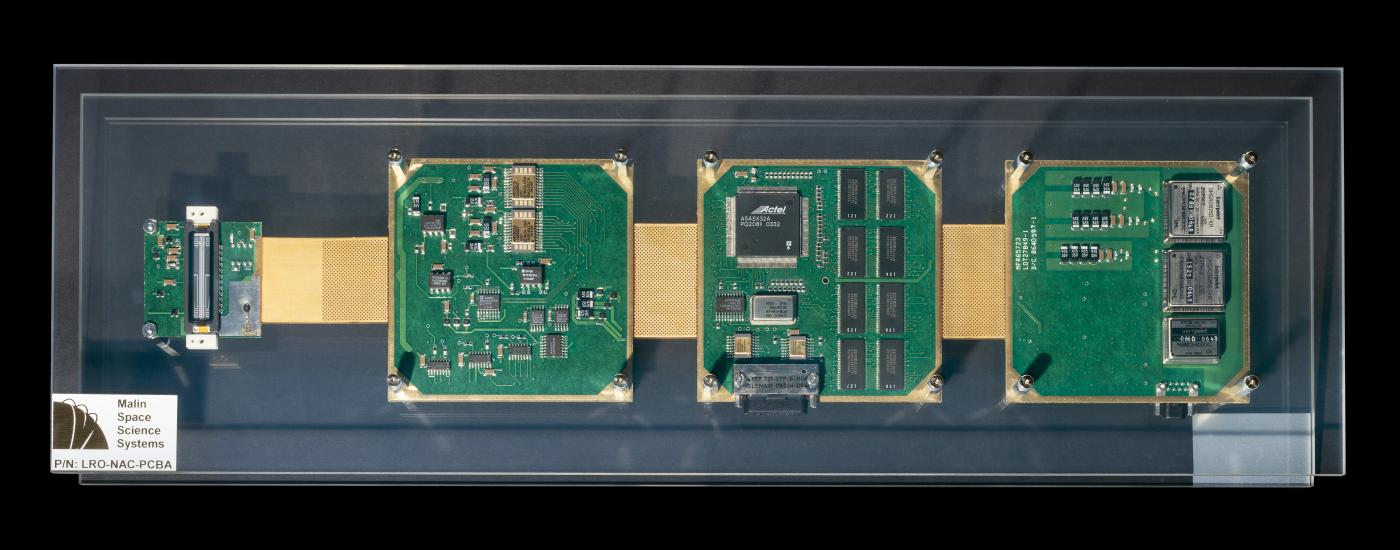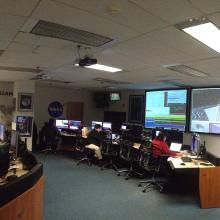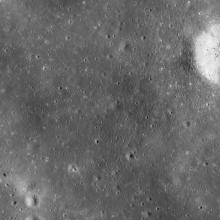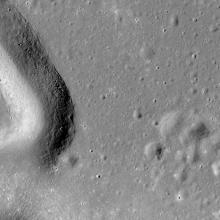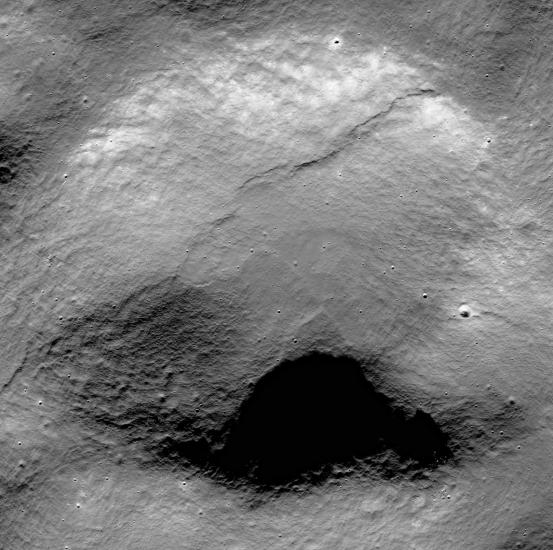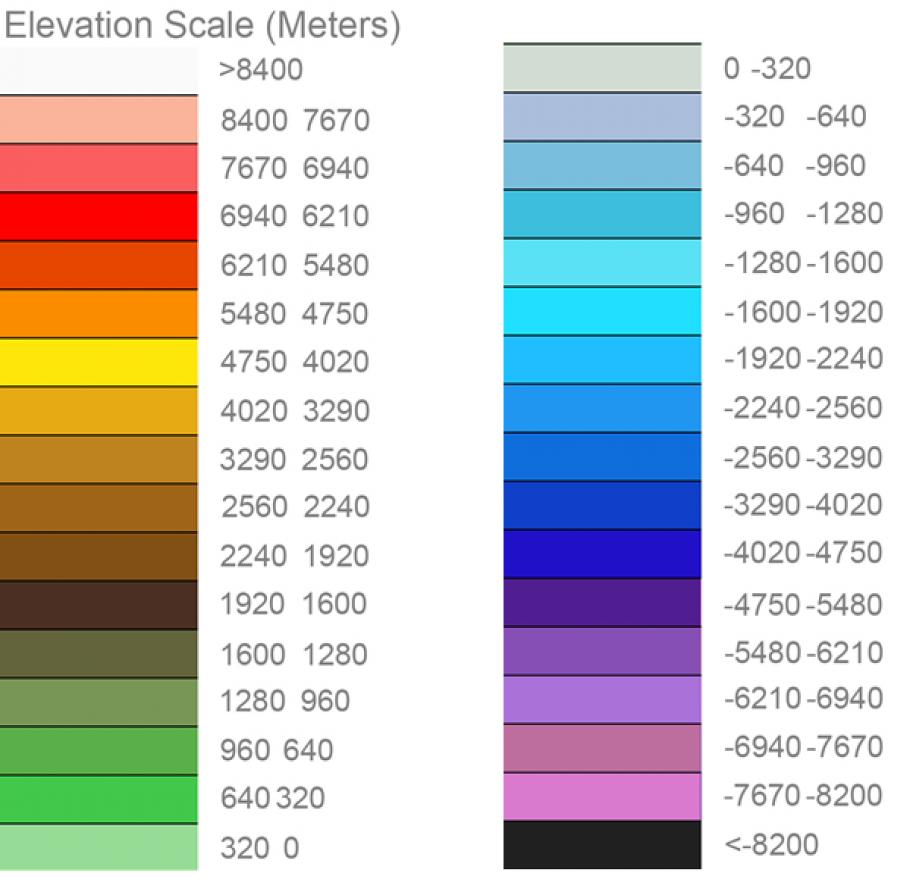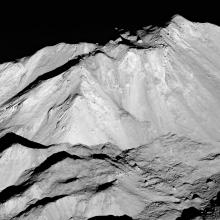A New Moon Rises
A New Moon Rises
This exhibition is now closed.
The Lunar Reconnaissance Orbiter Camera (LROC) has captured dramatic landscapes of the Moon since it was first launched in 2009. A New Moon Rises showcased those breathtaking images from Apollo landing sites to majestic mountains that rise out of the darkness of the lunar poles. The 61 large prints presented in this exhibition reveal a celestial neighbor that is surprisingly dynamic, full of grandeur and wonder.
This exhibition was made possible by the generous support of NASA and Arizona State University.
Explore Photography from the Exhibit
Global Views Exploration Sites Discoveries Vistas Topography Craters More Resources
About the Lunar Reconnaissance Orbiter Camera
The Lunar Reconnaissance Orbiter spacecraft has been studying the Moon from lunar orbit since 2009. Its high-resolution imaging system, the Lunar Reconnaissance Orbiter Camera (LROC), has taken over a million images of the surface and revealed details never before seen. These images are providing answers to long-held questions, and raising new questions about the Moon's ancient and recent past.
The mission was originally conceived to make measurements necessary to support future human missions to the Moon. After its first 15 months of operations, it began a mission of pure scientific exploration.
The lunar landscapes presented here are a small but magnificent sample of LROC images. They provide a glimpse of recent discoveries and reveal our nearest and most familiar celestial neighbor to be strikingly beautiful, still full of mystery, and truly amazing.
Lunar Reconnaissance Orbiter Camera (LROC)
Provides global imaging of the lunar surface. Consists of a Wide Angle Camera (WAC) and two identical Narrow Angle Cameras (NAC).
Cosmic Ray Telescope for the Effects of Radiation (CRaTER)
Measures the lunar radiation environment.
Diviner Lunar Radiometer (DLRE)
Provides thermal mapping to determine lunar surface and subsurface temperatures.
Lyman Alpha Mapping Project (LAMP)
Maps the lunar surface in the far ultraviolet in search of water ice.
Lunar Exploration Neutron Detector (LEND)
Maps distribution of hydrogen in the lunar soil.
Lunar Orbiter Laser Altimeter (LOLA)
Maps the topography and surface roughness of the Moon.
Mini-RF Synthetic Aperture Radar
Provides radar imaging of the lunar surface in search of water ice.
Global Views
From Earth we always see the same side of the Moon. In 1959 we got our first glimpse of the Moon's hidden face when the Soviet Luna 3 spacecraft returned the first image of the far side. The Lunar Reconnaissance Orbiter's polar orbit allows it to image the entire lunar surface in color and in stereo.
Exploration Sites
The passion to explore our closest celestial neighbor has resulted in more than a dozen robotic landers from the United States, the former Soviet Union, and most recently China. One of the greatest achievements of the U.S. space program remains the six Apollo human landings on the Moon. The Lunar Reconnaissance Orbiter Camera has obtained detailed images of all these landing sites.
Major Discoveries
Lunar Reconnaissance Orbiter images are reshaping our understanding of the Moon. We can now view the surface at amazing resolution and have a better understanding of how impact cratering, volcanism, and reshaping of the crust by tectonic (internal) forces reveal the Moon as a dynamic place. The "Dynamic Moon" could be the theme of future lunar exploration.
Lunar Vistas
Impacts, volcanic activity, and tectonic reshaping of the surface by internal forces have created a remarkably diverse lunar landscape. Despite its small size, the Moon has dramatic terrains that rival those of any object in the solar system. Some landforms are similar to those found on the Earth; others are quite different.
Lunar Topography
To understand the Moon's geology, lunar scientists study its topography. How deep are its craters? How high are its mountains? How steep are its slopes?
A graphic showing the elevation scale for topographic maps created by the Lunar Reconnaissance Orbiter Camera (LROC).
Scientists learn much of this from stereo imaging, which provides depth by comparing images of the same area taken from slightly different viewpoints.
LROC's Wide Angle Camera acquires stereo images across the entire lunar globe. Regions in permanent shadow are measured by the spacecraft's Lunar Orbiter Laser Altimeter. LROC's Narrow Angle Camera acquires very high resolution stereo by imaging the same area on successive orbits.
Craters
Giordano Bruno
Giordano Bruno may be the most spectacular of the young, large impact craters on the Moon. Rock melted by the impact pooled within the sharp-featured crater. Heaps of jagged boulders litter the floor, which itself has few craters—evidence that Giordano Bruno is very young. It may have even formed within the last few thousand years. If it was that recent, any humans watching at the time would have seen a startling flash on the Moon's edge.
Tycho and the Copernican Craters
Impact craters are incredibly diverse landforms. They vary greatly in shape, size, and complexity. Among the countless thousands of craters on the Moon, Tycho and other young "Copernican craters"—craters less than one billion years old—stand out for their sheer grandeur.

